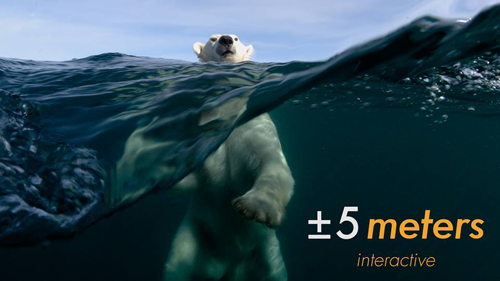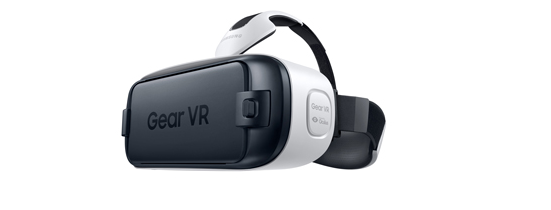The Race for Virtual Reality

Most of us have grown up watching science fiction movies about virtual reality and wondered if it could ever reach mass adoption.
In the recent past, execution of VR has been difficult with high costs and less-than-stellar effects.
In the new millennium, however, well-known companies have made strides to make VR more affordable and more realistic.
Oculus is one of the biggest movers of taking VR into the next generation - getting the attention (and dollars) of Silicon Valley, including Facebook, which eventually acquired it for $2 billion - chump change when one considers the social network bought WhatsApp for roughly $22 billion.
Now known as Facebook Oculus Rift, Oculus works as a headset to give users an immersive 3-D experience. One could dive the coral reefs or swim next to a polar bear in the artic - the possibilities are endless, of course.

Not to be outdone, Google introduced Cardboard at a low cost of around $20. Components of Google Cardboard are a cardboard body, biconvex lenses, a couple of magnets, Velcro and a rubber band, which are easily available and can be assembled using their step-by-step instructions. Unlike Oculus, which has a built-in display, Google Cardboard uses an Android Phone.

Samsung too jumped onto the VR bandwagon and made a user-friendly device called Gear VR Innovator Edition. Samsung's Gear VR Innovator Edition is fit to work only on Samsung Galaxy Note 4.

These headsets cut off users from the real world and take them to an imaginary virtual one. Hence, businesses looking for a way for their presentations or projects to stand out could consider these. Video gaming and the medical field are also good uses cases for virtual reality as it's based on the concept of designing and generating an artificial world and giving the user a real-world 3-D experience. The user explores their surroundings, interacts with it and adjusts themselves accordingly.
For example, think of a driver driving the car in a completely virtual world using the headsets. Being able to see the virtual version of real objects is, not surprinsingly, "cool."
How virtual reality will impact Web-based businesses is open for discussion, but there are some predictions. For example, dating sites could host virtual dates, real estate companies could give immersive virtual tours and the list goes on. Recently, a Southern California-based company, Wevr, raised $25 million to take its idea - a YouTube of sorts for virtual reality - to the next level.
Author Bio: Shivangi Parmar is a technical content marketer at Yudiz, an iPhone App development company making great strides in the virtual reality gaming world. She enjoys writing about technology, marketing and industry trends.
Subscribe to Our Newsletter!
Latest in Marketing








